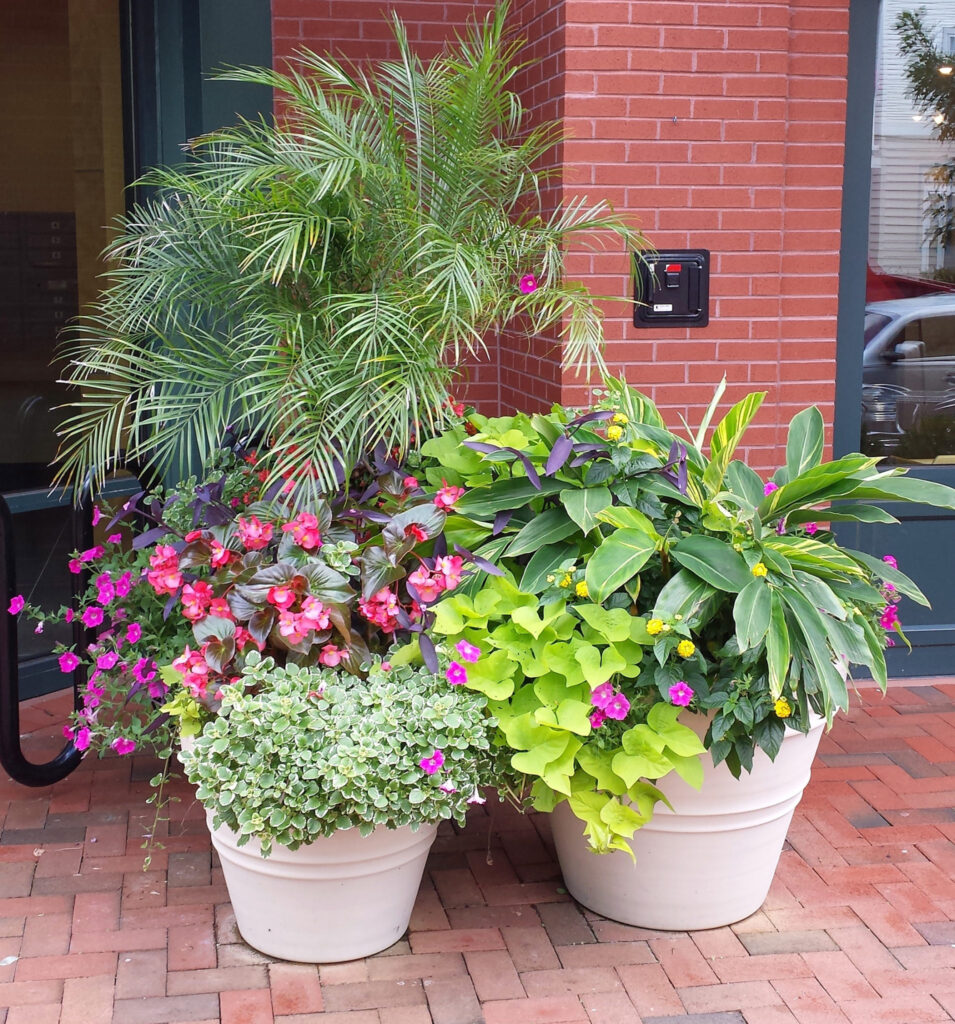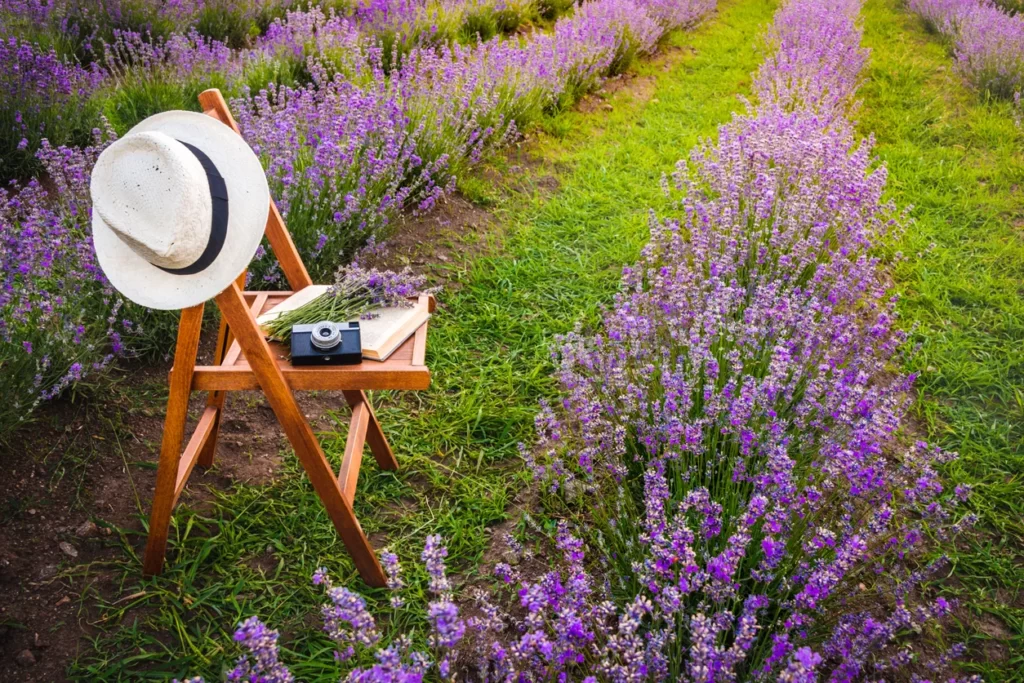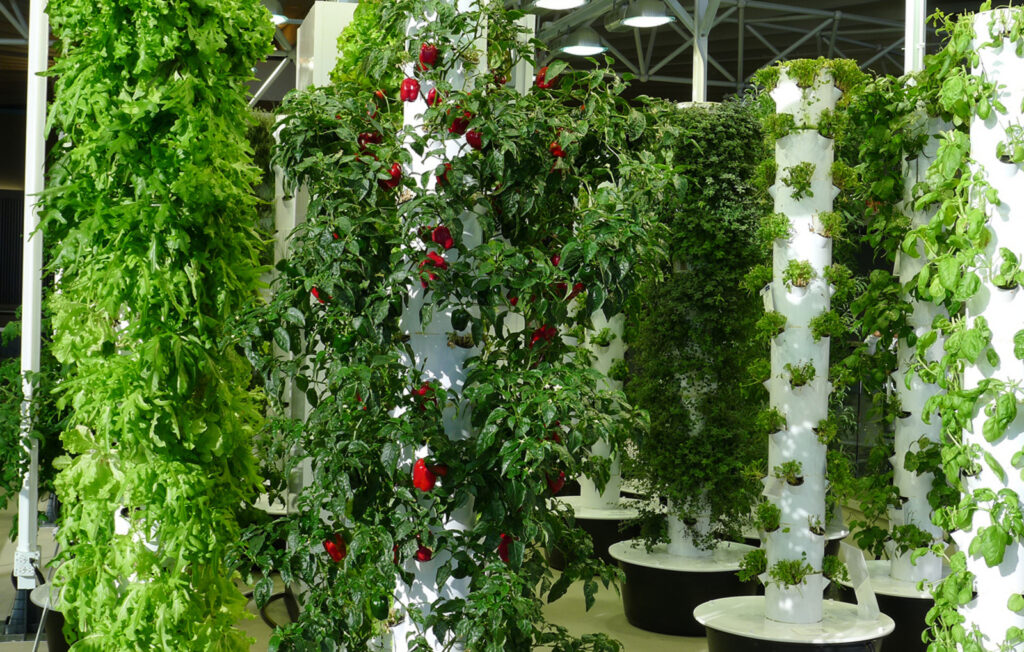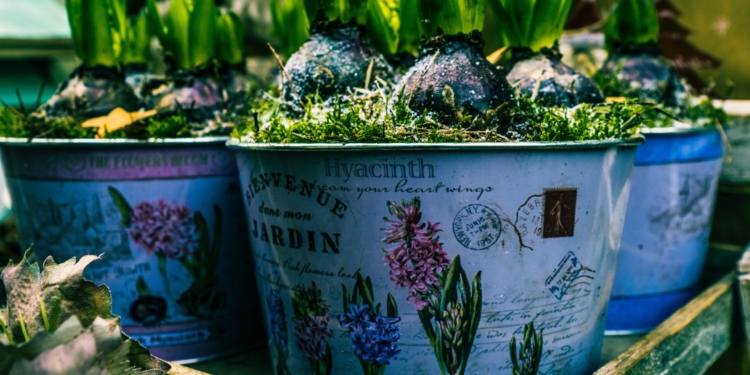Container gardens provide an excellent opportunity to unleash your creativity and add a vibrant touch of nature to any space, whether you have a sprawling backyard or a small balcony. With the right combination of plants, you can create stunning arrangements that are both visually appealing and functional. In this article, we will explore plant combination ideas that will transform your container gardens into beautiful living displays.
Embracing the Art of Container Gardening
Container gardening is a versatile and accessible way to bring nature’s beauty to any space. Whether you have a balcony, patio, or limited ground area, container gardens offer endless possibilities for expressing your green thumb. With careful planning and a dash of creativity, you can create stunning arrangements that reflect your personal style and enhance your outdoor or indoor environment.
1. Creating a Thriller, Filler, and Spiller Effect

One popular technique for designing container gardens is the “thriller, filler, and spiller” approach. This method involves selecting plants with different growth habits to create a visually striking arrangement. The “thriller” plants are tall and eye-catching, serving as the focal point. The “filler” plants add volume and fill in the space, while the “spiller” plants gracefully cascade over the edges of the container.
Succulent Sensations: Combining Drought-Tolerant Beauties

Succulents have gained immense popularity in recent years due to their low maintenance requirements and unique appearance. Combining different types of succulents in a container garden can create a stunning display of textures and colors. Opt for a mix of rosette-shaped succulents, such as Echeveria and Sempervivum, along with trailing varieties like String of Pearls (Senecio rowleyanus) or Burro’s Tail (Sedum morganianum).
2. Colorful Blooms for All Seasons

To ensure your container garden remains vibrant throughout the year, consider combining plants with different blooming seasons. Start with early spring bulbs like tulips or daffodils, followed by summer annuals such as petunias or marigolds. Transition into fall with chrysanthemums or asters, and finally, incorporate winter-blooming plants like pansies or cyclamens. This way, you’ll have a constantly changing display of colors and textures.
3. Aromatic Delights: Combining Herbs and Flowers

Combining herbs and flowers in a container garden not only adds visual appeal but also releases delightful fragrances. Pair aromatic herbs like lavender, rosemary, or mint with vibrant flowers such as geraniums or pansies. The scent of the herbs will linger in the air as you brush past the container, creating a sensory delight for both you and your guests.
4. Creating a Vertical Garden with Climbing Plants

If space is limited, consider going vertical with your container garden. Climbing plants like morning glories, clematis, or ivy can be trained to grow up trellises or obelisks, adding height and visual interest to your outdoor area. Combine them with trailing plants like sweet potato vine or creeping thyme to create a lush and dramatic effect.
5. Foliage Fiesta: Mixing Different Textures and Colors
For a container garden that focuses on foliage rather than flowers, experiment with plants that offer a variety of leaf shapes, sizes, and colors. Combine bold, broad-leaved plants like elephant ears or hostas with delicate ferns or grasses. The contrasting textures and shades of green will create a captivating and visually intriguing composition.
6. Edible Container Gardens: Growing Fresh Produce
Container gardening isn’t limited to ornamental plants alone. You can also grow your own fresh produce in containers, even if you have limited space. Choose compact varieties of vegetables or herbs, such as cherry tomatoes, lettuce, or basil, and arrange them in containers with proper drainage. Not only will you have a convenient source of homegrown ingredients, but the edible plants will also add beauty to your space.
7. Water Lovers: Combining Aquatic Plants
If you have a water feature or a pond in your garden, incorporating aquatic plants into your container garden can create a captivating display. Water lilies, lotus flowers, or floating hyacinths can thrive in large containers filled with water. The combination of vibrant blooms and lush foliage will add a touch of tranquility to your outdoor oasis.
8. Shade-Loving Plants for Containers
For those with shady areas in their gardens, there are plenty of plants that thrive in low-light conditions. Ferns, hostas, and begonias are excellent choices for container gardens in shady spots. Combine them with trailing ivy or impatiens for added visual interest. Just ensure that the plants you select are suitable for the level of shade in your specific location.
9. Japanese-inspired Zen Gardens

Embrace the serenity and simplicity of Japanese gardens by creating a container garden with Zen influences. Select plants like bonsai trees, mosses, or bamboo, and arrange them in minimalist containers. Incorporate rocks or sand for a meditative touch. The harmonious blend of plants and elements will create a tranquil and calming ambiance.
10. Mediterranean Paradise: Combining Drought-Tolerant Plants
If you live in a region with hot and dry summers, a Mediterranean-inspired container garden is a perfect choice. Combine drought-tolerant plants like lavender, rosemary, or agave with vibrant succulents such as aeoniums or echeverias. Add terracotta pots or containers with earthy tones to enhance the Mediterranean aesthetic.
11. Butterfly and Bee Haven: Creating Pollinator-Friendly Containers
Attracting butterflies and bees to your garden is not only beneficial for these important pollinators but also adds an enchanting touch to your outdoor space. Select nectar-rich flowers like zinnias, coneflowers, or salvias and arrange them in containers. The vibrant blooms will invite these delightful visitors, creating a lively and buzzing atmosphere.
12. Desert Charm: Cacti and Succulent Combinations

For those who appreciate the unique beauty of desert plants, combining cacti and succulents in a container garden can create a captivating display. Select a variety of cacti with different shapes and sizes, and complement them with drought-tolerant succulents like agaves or euphorbias. Be sure to use well-draining soil and containers with adequate drainage for these water-wise plants.
Conclusion
Container gardening offers endless possibilities for unleashing your creativity and adding a touch of nature to any space. By combining plants with different growth habits, textures, and colors, you can create visually stunning and functional container gardens. Whether you prefer vibrant blooms, lush foliage, or a combination of both, there are numerous plant combination ideas to suit your style and environment.







